The Bridge as a Metaphor
/ I often hear the bridge metaphor in martial arts talk. It has a number of different meanings. Zhang Xuexin used it to describe what he called the bridge stance. His metaphor was a rainbow bridge, probably bamboo, which was a brilliant Chinese structural innovation of the Sung Dynasty.
I often hear the bridge metaphor in martial arts talk. It has a number of different meanings. Zhang Xuexin used it to describe what he called the bridge stance. His metaphor was a rainbow bridge, probably bamboo, which was a brilliant Chinese structural innovation of the Sung Dynasty.The idea is that your legs are like huge bundles of bamboo stuck in the ground at angles leaning over a river. These bundles then have more and more bundles tied to them at progressively lower angels until the two sides of the bridge meet in the middle. By staggering the bundles you create many triangles in the structure and it
 becomes a self supporting woven structure, which is both strong and quite flexible.
becomes a self supporting woven structure, which is both strong and quite flexible.In other words, he was saying that the two legs are a connected structure which is constantly redistributing the weight of the torso.
Luo Dexiu and the gang over at formosaneijia are using the metaphor to mean the act of crossing over. If you are going to have a fight at a bridge and you meet your opponent in the middle, you both have equally limited space to maneuver. Step back and you are below your opponent, step side and you're in the drink.

However; if your opponent decides to cross the bridge first you can gain an advantage by attacking him just as he is exiting the bridge, at the moment where his maneuverability is limited and yours isn't.
This complex metaphor is used to talk about how we enter a fight and close the gap between us. Speed, power, technique, and the use of timing all change dramatically as the two fighters get closer and closer together. (Basically we move through this approximate progression in an instant: Kicks, jabs, stomping, slaps, hooks, throws, knees, elbows, shoulders, more throws, grappling.)
Thus the bridge is often the movement or technique one uses to get in closer. If you "cross the bridge first" your technique should compensate for that moment of vulnerability just as you "get off the bridge." For instance, someone will often step in fast faking with the back of their hand outstretch, if this is met by the opponent's hand, one can can sense the opponents intentions, direction, and power at the moment of contact and spontaneously use that information to inform the next part of their attack.

Others, like the Blacktaoist, are, by extension, using the term bridge to mean one's arm. If the arm is the first contact with the opponent then it needs to have extraordinarily good structure, so that it can take all the heavy traffic that is going to be traveling over it! More traffic, more power. If you have a weak bridge (that can't handle much traffic), it doesn't matter how good your techniques are, your opponent's bridge will send more heavy traffic (o.k. how about troops then?) to dominate your side of the the bridge.

 toward them. I know of an old Gongfu master who worked bank security and kept a bit of metal-filings dust in his pocket to throw in peoples eyes if necessary. Better hope your blink reflex is operating if that happens. Taken to a possessed extreme, these are the bug eyes we sometimes see on crazy people.
toward them. I know of an old Gongfu master who worked bank security and kept a bit of metal-filings dust in his pocket to throw in peoples eyes if necessary. Better hope your blink reflex is operating if that happens. Taken to a possessed extreme, these are the bug eyes we sometimes see on crazy people.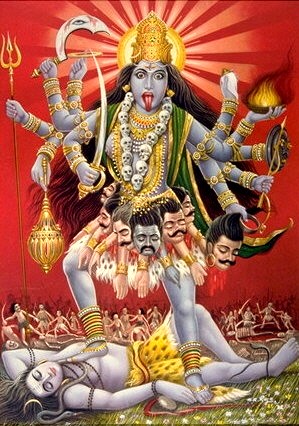 I went to two parties after teaching all morning yesterday, so I haven't had time to edit all the comments in moderation. Sorry I'll get to it soon.
I went to two parties after teaching all morning yesterday, so I haven't had time to edit all the comments in moderation. Sorry I'll get to it soon.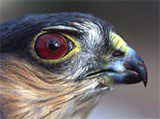 When you move forward, you should have the feeling that objects- people, rocks, trees- are being drawn-in toward you, not that you are getting closer to them." (I'm paraphrasing here.)
When you move forward, you should have the feeling that objects- people, rocks, trees- are being drawn-in toward you, not that you are getting closer to them." (I'm paraphrasing here.)
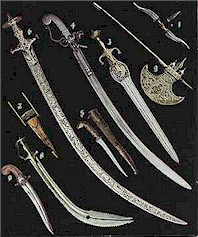
 This is a continuation of my discussion of
This is a continuation of my discussion of 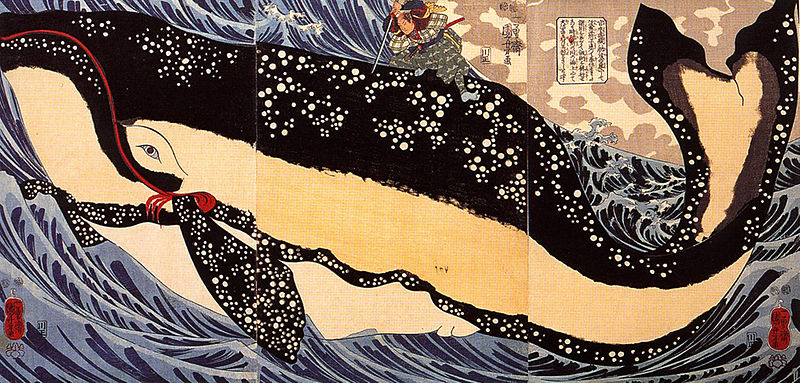
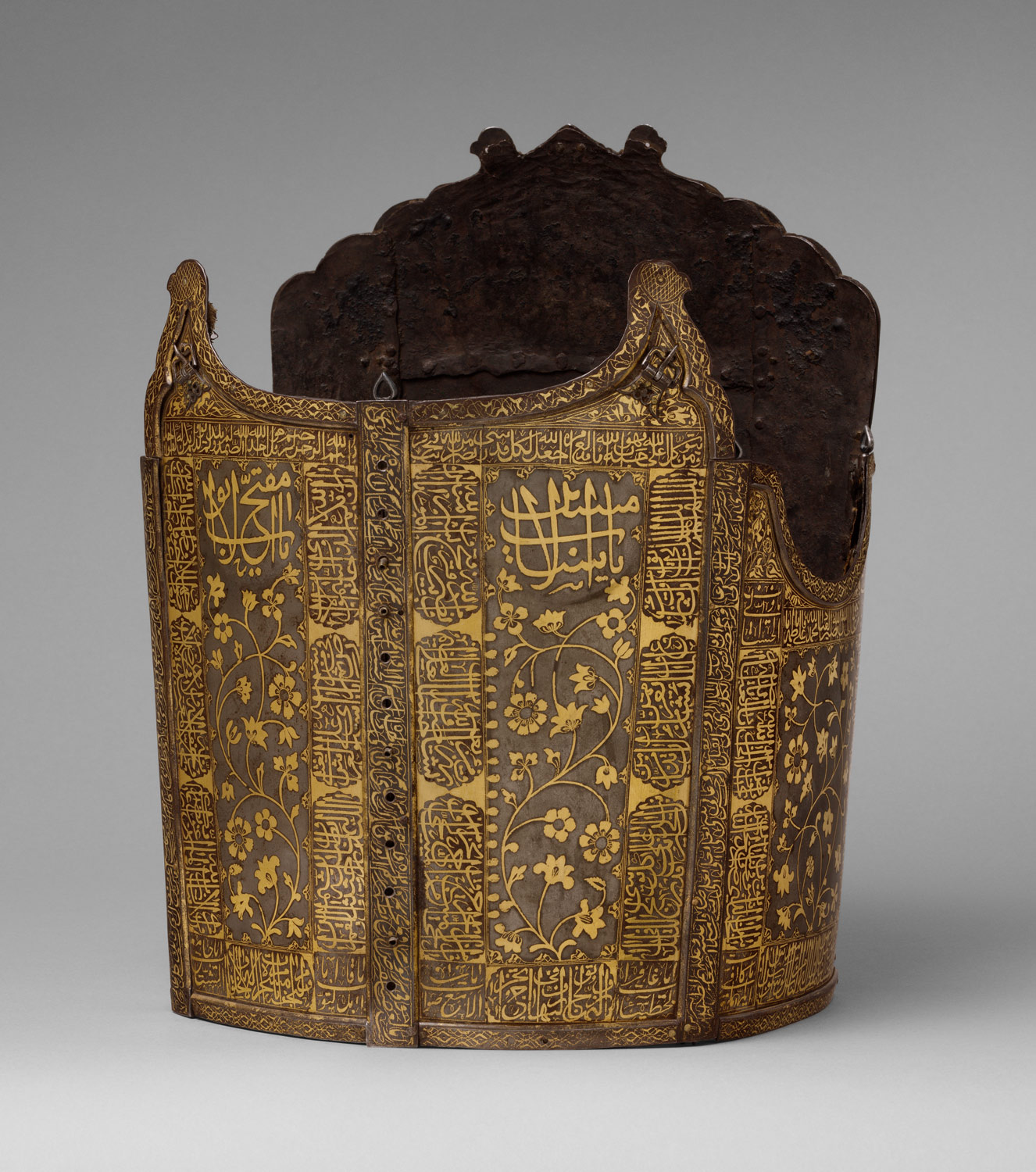 This is a continuation of my discussion of Warriors,
This is a continuation of my discussion of Warriors, 
 code, a Samurai needed only two things, fearlessness and a willingness to die. The change from Warrior to skilled technician and martial artist is marked historically with the life of
code, a Samurai needed only two things, fearlessness and a willingness to die. The change from Warrior to skilled technician and martial artist is marked historically with the life of  I hope this blog riles some people up.
I hope this blog riles some people up. so, the side walking with hands out is pretty much what anyone trying to walk around someone else's fight would do.
so, the side walking with hands out is pretty much what anyone trying to walk around someone else's fight would do. What is the difference between a warrior, a martial artist, and a skilled expert?
What is the difference between a warrior, a martial artist, and a skilled expert? hair, animal skins, horns and a terrifying mask. After countless generations, these shaman-warriors morphed into warriors with a strict code. The warriors of neighboring kingdoms fought each other on designatied fields of battle, with codes of conduct and rules about how to kill, whom to kill, and what to do with captured enemies.
hair, animal skins, horns and a terrifying mask. After countless generations, these shaman-warriors morphed into warriors with a strict code. The warriors of neighboring kingdoms fought each other on designatied fields of battle, with codes of conduct and rules about how to kill, whom to kill, and what to do with captured enemies. for staying in power.
for staying in power. Jess O'Brien edited together a bunch of interviews with internal martial artists called
Jess O'Brien edited together a bunch of interviews with internal martial artists called  I think my favorite section was the interview with Luo Dexiu where he talks about the cultural barriers he had to get around in order to learn from very traditional teachers. In that traditional setting a direct question would have been perceived as a challenge to the status of his teacher, and his teacher would have gotten very angry. He and his fellow students came up with all sorts of ingenious ways to get questions answered with out actually ever asking a question. At one point he and another student stage angry huff and puff arguments and then ask the teacher to settle them.  This technique got some their questions answered.
I think my favorite section was the interview with Luo Dexiu where he talks about the cultural barriers he had to get around in order to learn from very traditional teachers. In that traditional setting a direct question would have been perceived as a challenge to the status of his teacher, and his teacher would have gotten very angry. He and his fellow students came up with all sorts of ingenious ways to get questions answered with out actually ever asking a question. At one point he and another student stage angry huff and puff arguments and then ask the teacher to settle them.  This technique got some their questions answered.